The waterfront city of Bilbao and its rough Atlantic coastline, soaring mountains, and ‘green lungs’ promise to make a getaway to the Basque Country unforgettable.
The former industrial city is nowadays a top destination, featuring some of the best architecture, culture, and fine-dining experiences in northern Spain.
Architecture and museums
Many locals consider Canadian-American architect Frank Gehry one of the fathers of modern, post-industrial Bilbao for his creation of the Guggenheim Museum Bilbao, one of the most acclaimed museums in the world.
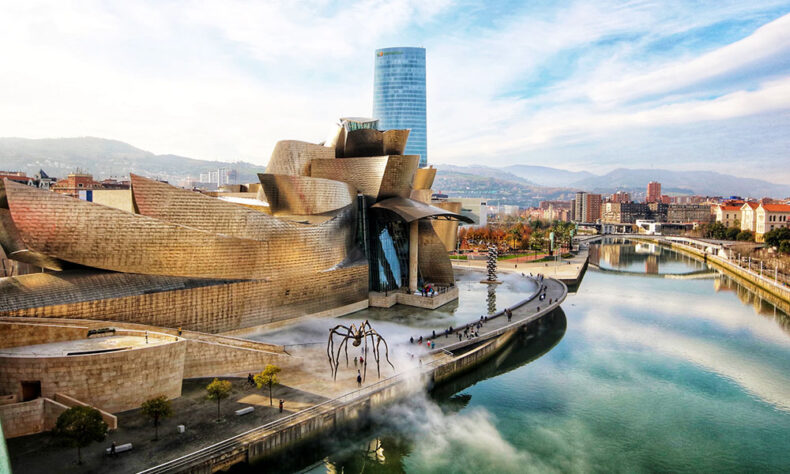
Photo on Unsplash
This masterpiece, which turned 25 years old this year, transformed the city’s urban landscape thanks to its unique design.
The museum is currently hosting an exhibition called Sections/Intersections, which features some of the highlights from its collection.
The most iconic pieces are located on the third floor and include artwork by Spanish artists such as Eduardo Chillida, Jorge Oteiza, and Antoni Tàpies as well as Andy Warhol, Jeff Koons, and other international figures.
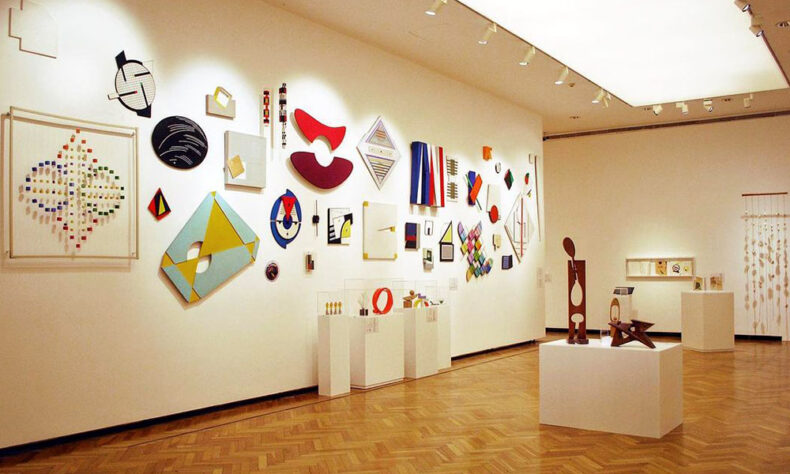
Photo on Instagram
Just a short walk away, the Museo de Bellas Artes showcases more than 10,000 pieces of art from the 13th century to the present day, including work by local artists.
There, some of the best creations by Francisco de Zurbarán, Francisco Goya, Joaquín Sorolla, and Francis Bacon, among others, await visitors in various rooms of the museum.
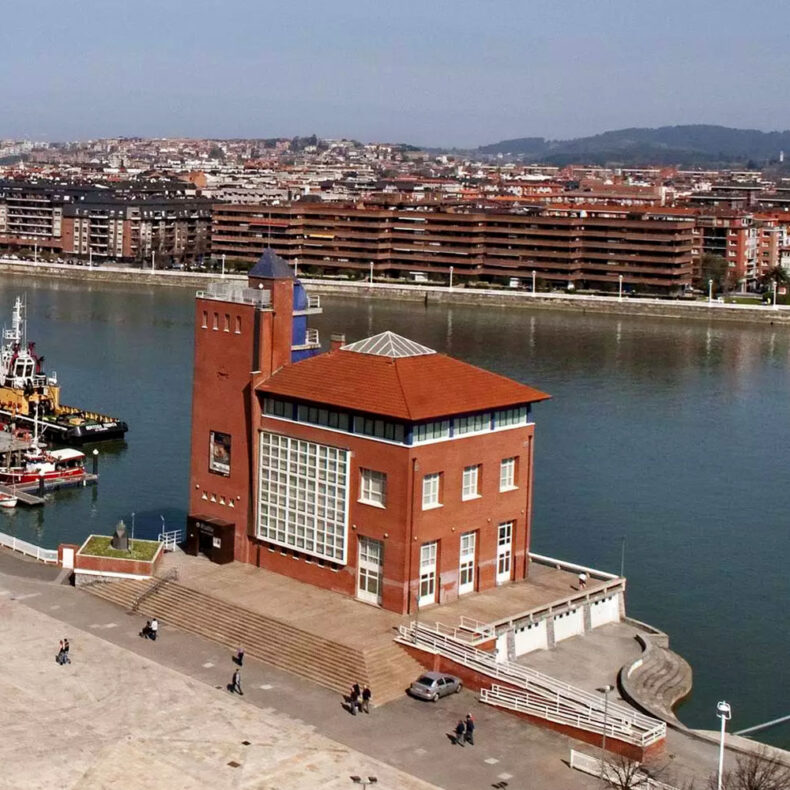
Photo on ERIH
But Bilbao has not forgotten its industrial past.
The Museo de la Industria in the nearby town of Portugalete presents the history of Bilbao and the province of Vizcaya and their ties with the iron and steel industry.
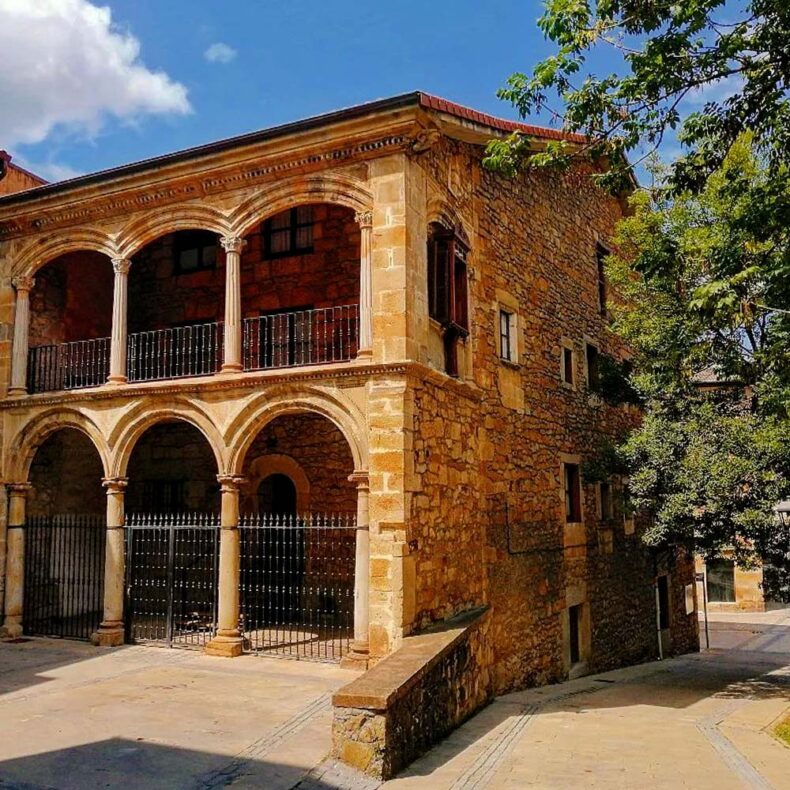
Photo on Instagram
If you want to learn more about architecture and history, head to picturesque Elorrio, which lies just 30 kilometres by car from Bilbao.
Stroll through its Old Town and discover palaces and stone manor houses from the 17th and 18th centuries.
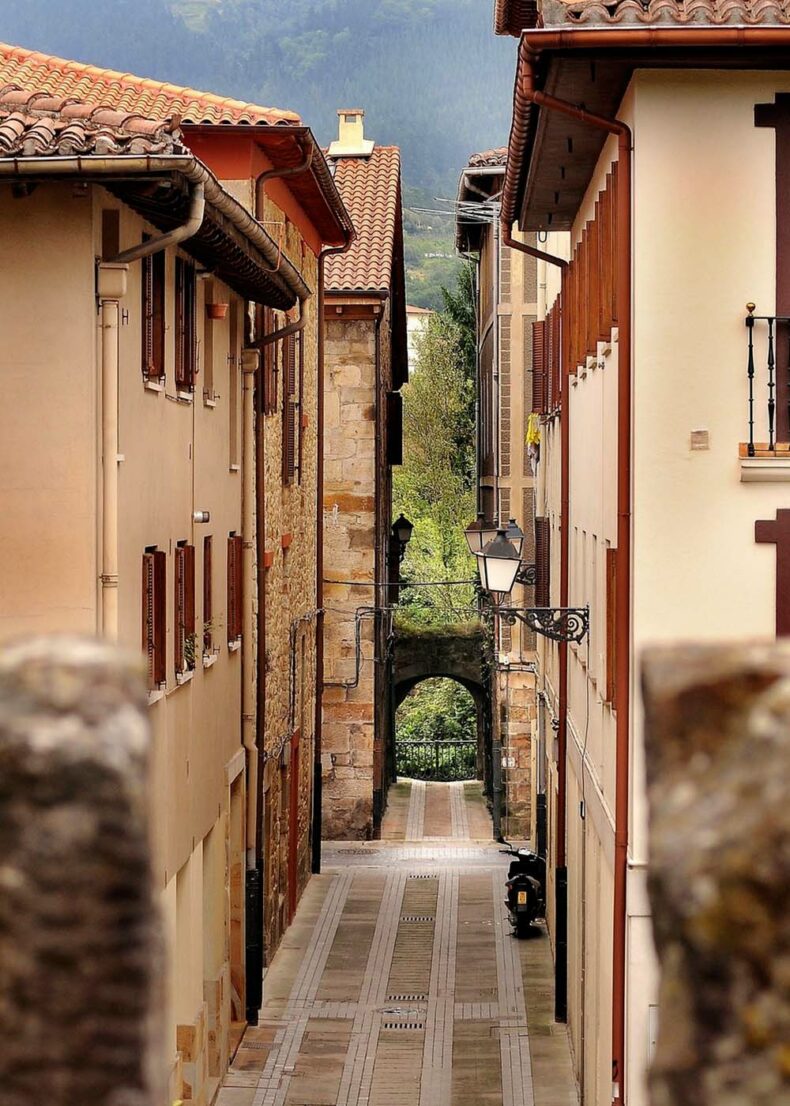
Photo on Instagram
Façades across the town display nearly 70 different coats of arms linked to the families that owned land here.
This small village takes you on a journey back into history!
Cuisine
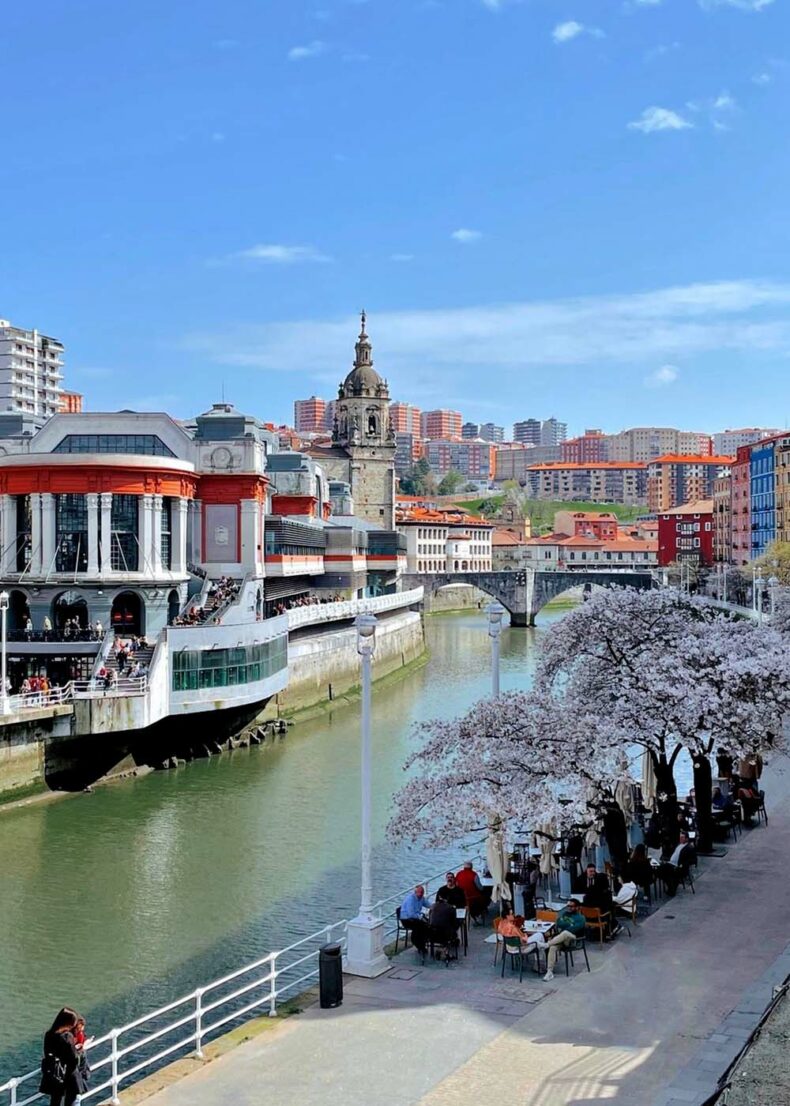
Photo on Instagram
The Basque Country would not be the same without its rich culinary products and art of cooking.
Whether you’re just looking for some informal dining or want to spend a few hours in a fine-dining restaurant, be prepared to enjoy one of the best culinary experiences ever.
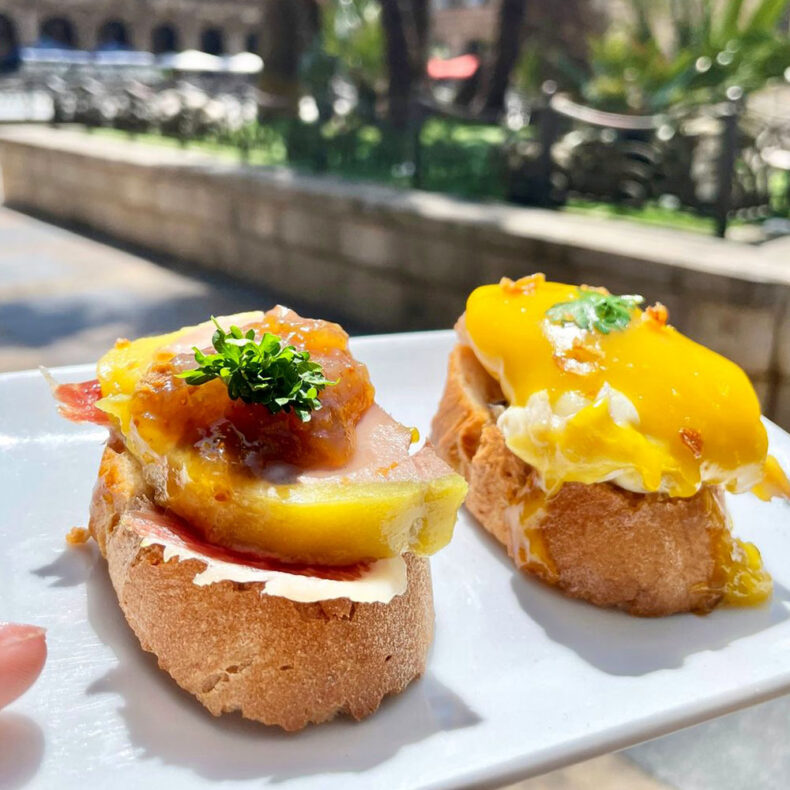
Photo on Instagram
One of the must-tries here are pintxos, which are small bites normally served on a slice of bread.
They’re known and copied all over the world, but in Bilbao you’ll find the original pintxos on the counter in every single bar.
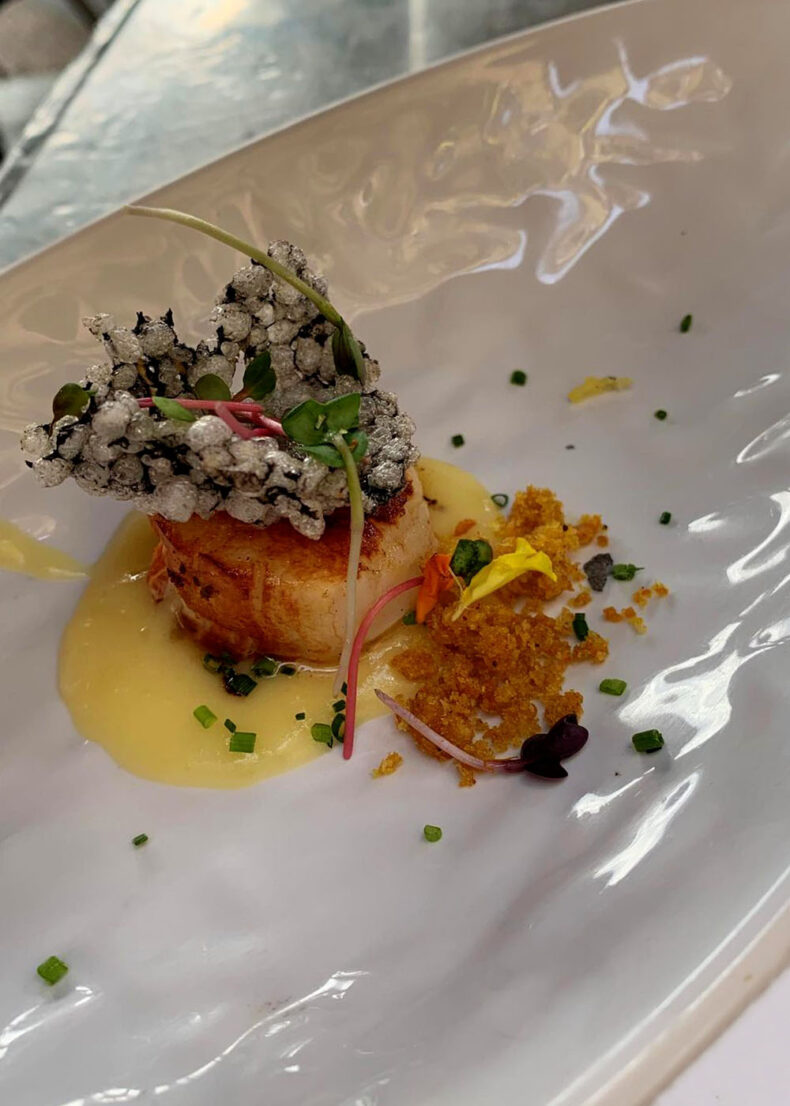
Photo on Instagram
The neoclassical Plaza Nueva concentrates some of the best addresses in town in terms of food.
Gure Toki offers what it calls ‘haute cuisine in miniature’, with a wide range of creative small bites based on traditional recipes.
The kokotxas (cod chin), tortilla de patatas with asparagus sauce, and vegetables with shrimp are just exquisite.
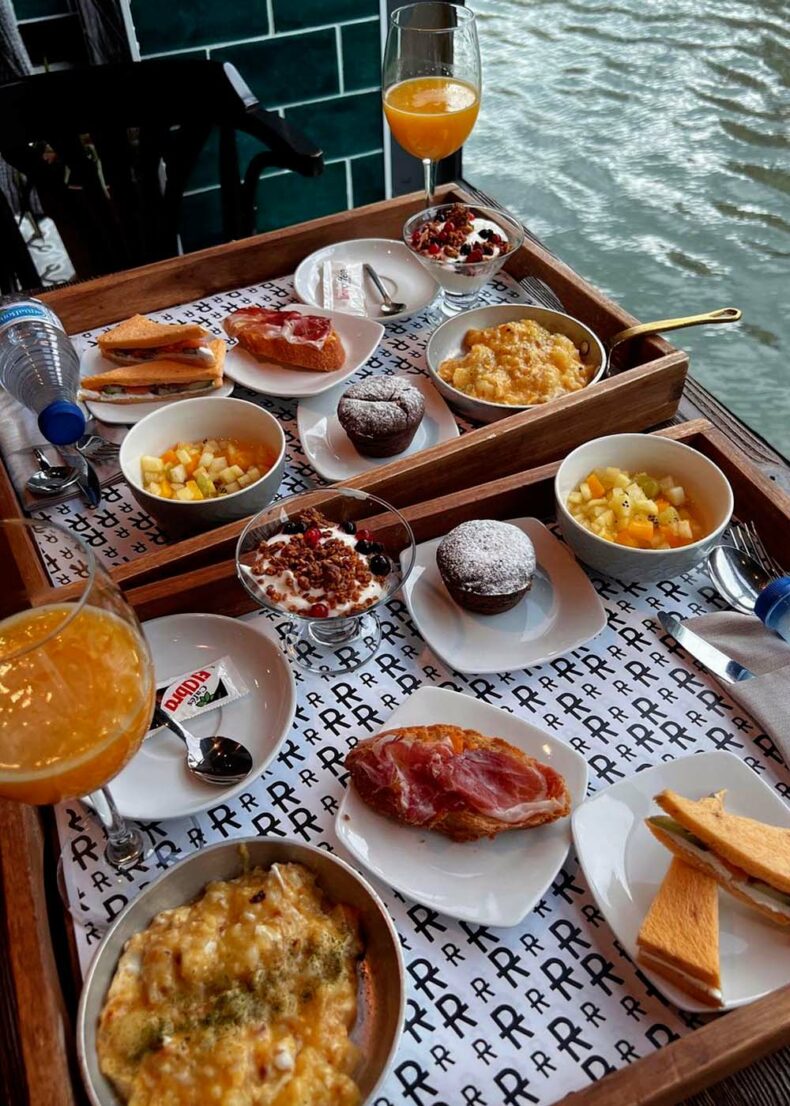
Photo on Instagram
If you’re looking for a bit more than a bite, La Ribera – the largest covered market in Europe – features food stalls selling local specialties and tapas to share.
The Basque region is also known for being one of the most awarded regions in the Michelin Guide.
Seventeen of its restaurants have earned one Michelin star, two restaurants have two stars, and four establishments boast three stars.
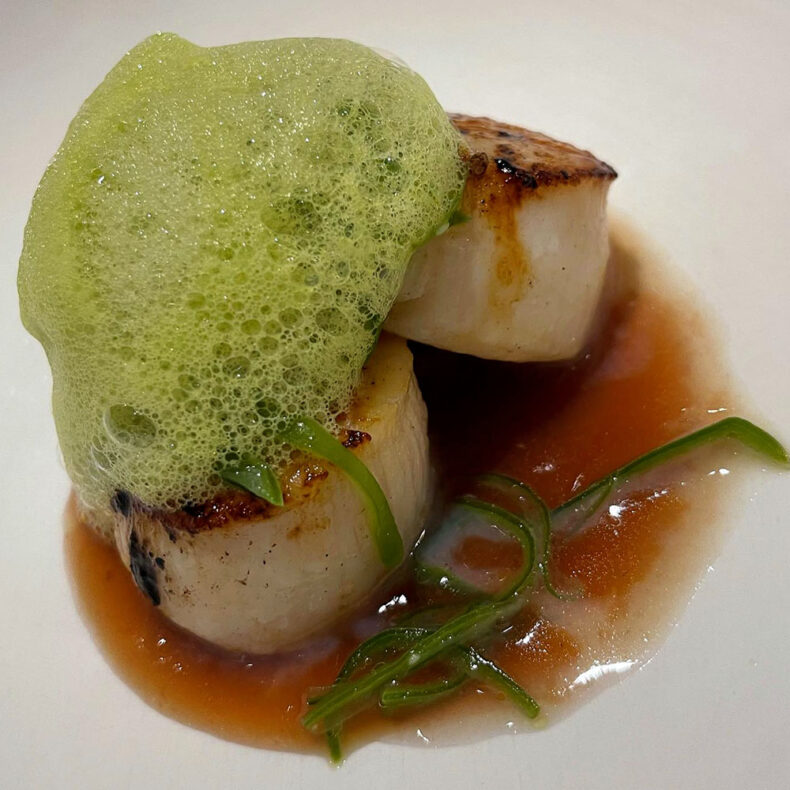
Photo on Instagram
Chef Sergio Ortiz de Zarate runs Zarate, a sophisticated eatery in the centre of Bilbao that features what the sea has to offer every day.
The 11-dish menu is a culinary trip through the fishing ports of the region, during which you’ll discover different kinds of fish and seafood and a variety of cooking techniques.
Nature
Bilbao is much more than a big city. In fact, it’s surrounded by green and natural landscapes that are easily reachable from the city.
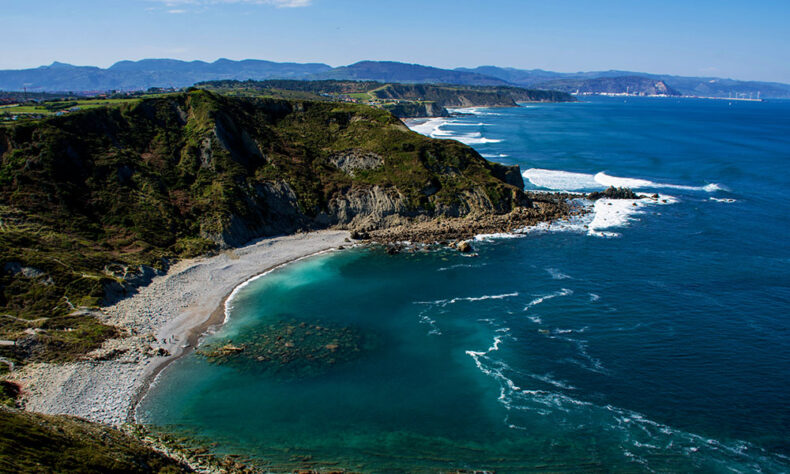
The Itsaslur Greenway is a great way to discover the fierce Basque coastline.
The itinerary, which begins at the beach of La Arena in Muskiz, goes through some of the most beautiful landscapes in the region.
This is also part of the world-famous Camino de Santiago, so expect to meet pilgrims on their way to Santiago de Compostela.
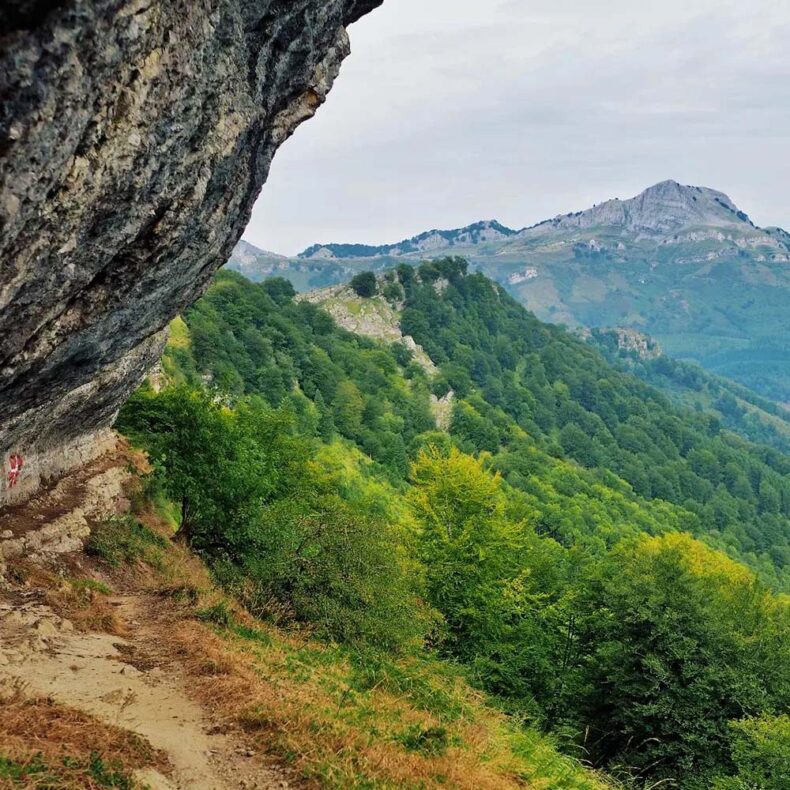
Photo on Instagram
Gorbeia Natural Park is perfect for a day trip. It has several marked routes through the forests, picnic areas, and also some traditional restaurants.
Many believe that the peaceful Otzarreta Forest is one of the most magical places in which to get lost.
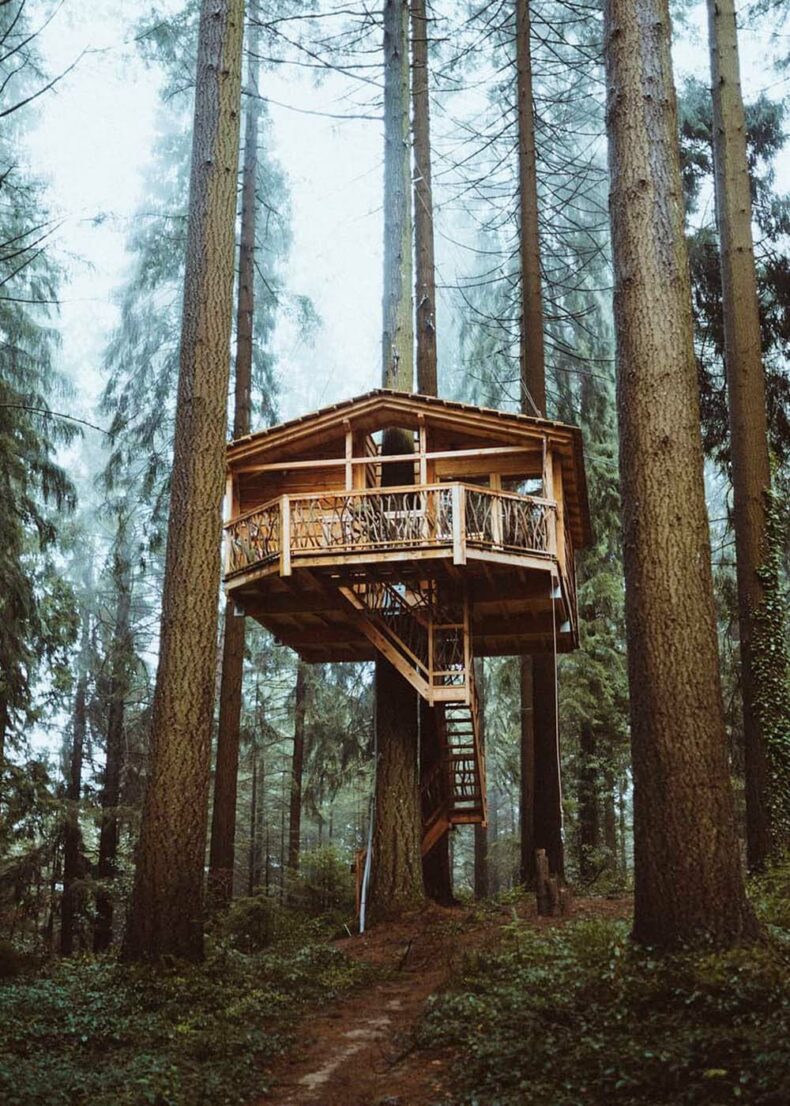
Photo on Instagram
Are you wondering where to find the best Instagram spot? The San Juan de Gaztelugatxe church is the place to be if you want to capture one of the best shots of your trip.
It’s located on an islet and is only reachable by foot after climbing 250 stairs.
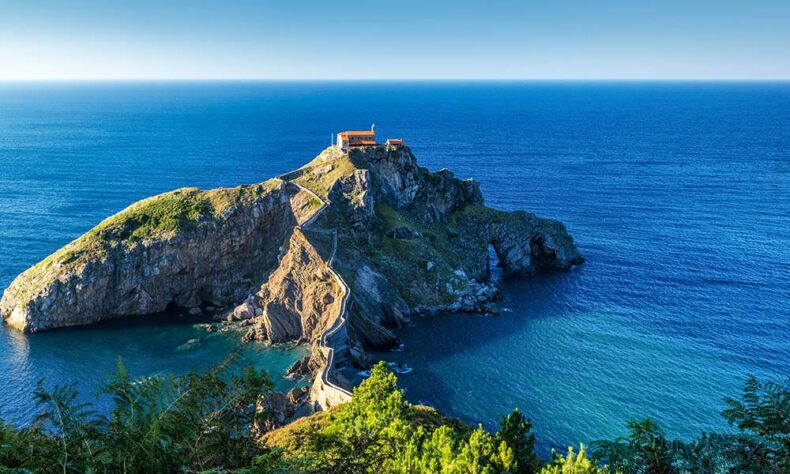
However, the views of the Bay of Biscay are just priceless. Early morning is the best time to visit and avoid crowds.
Due to the popularity of this site, you must book your visit online in advance. Tickets are free and can be reserved up to six months in advance.
Culture and traditions
Basque pelota is the most popular sport here. The game consists of hitting a ball against a wall (fronton) using the hand, a racket, or a wooden bat.
If you travel around the region, you’ll see that nearly every village has a special pelota fronton, usually located next to the church.
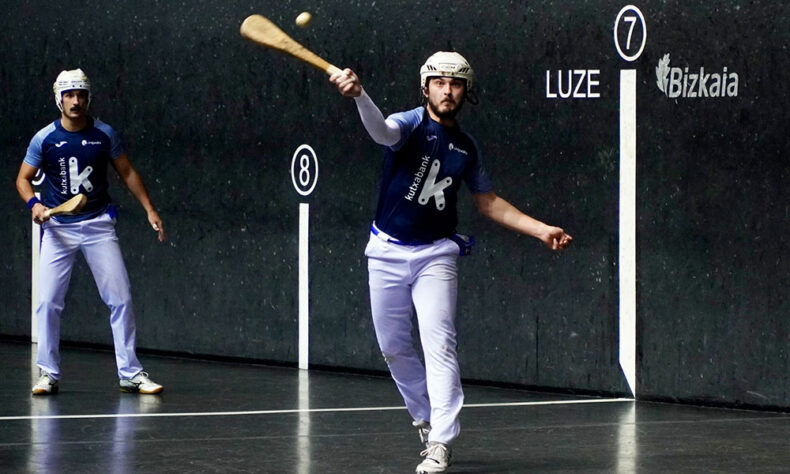
Photo on Facebook
The Bizkaia Frontoia in Bilbao offers guided visits every last Friday of the month.
Join the tour to learn about the building itself and the sport of pelota. Be like a local and also buy a ticket to see a pelota match, or maybe even rent a court to practise this sport on your own.
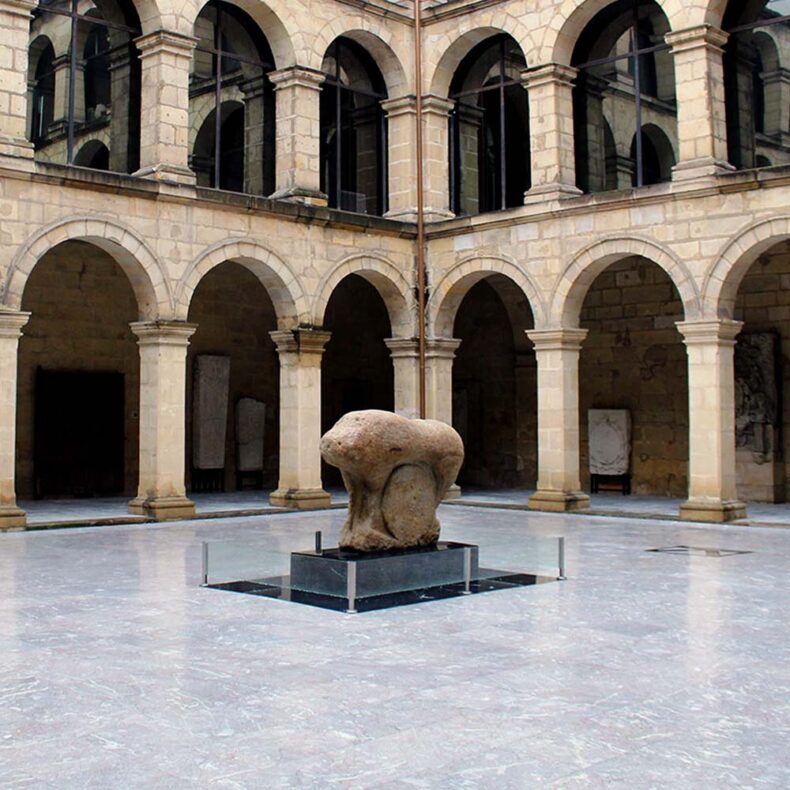
Photo on Euskal museoa
Local culture, beliefs, and identity are part of the Euskal Museoa, a museum where visitors can learn about the region’s story through 20,000 objects and artefacts.
Don’t miss the collection of handmade pottery and an 18-metre-long scale model of the province of Biscay.
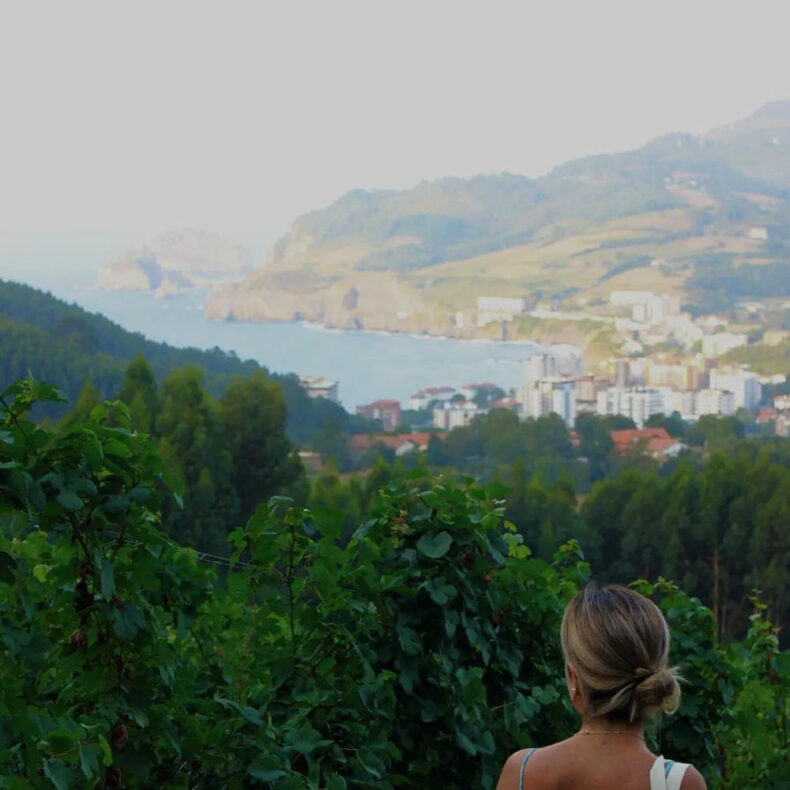
Photo on Instagram
Wine production is also very intrinsic to this region of Spain.
Txakoli is a fresh wine with designation of origin made from indigenous varieties of grapes.
Bakio, which lies 30 kilometres north of Bilbao, is considered the birthplace of this wine back in the 14th century, and the municipality also boasts the Txakolingunea, a museum dedicated to its production process.
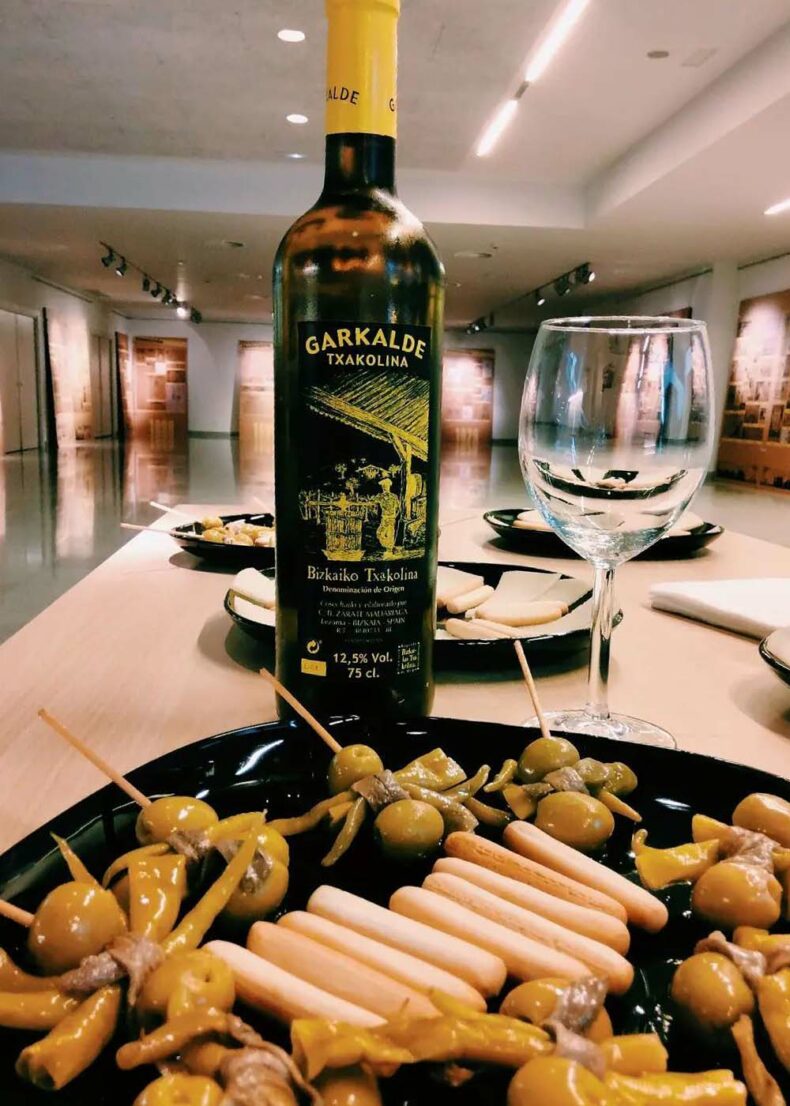
Photo on Instagram
The experience includes, of course, a glass of local wine.
Eskerriska!